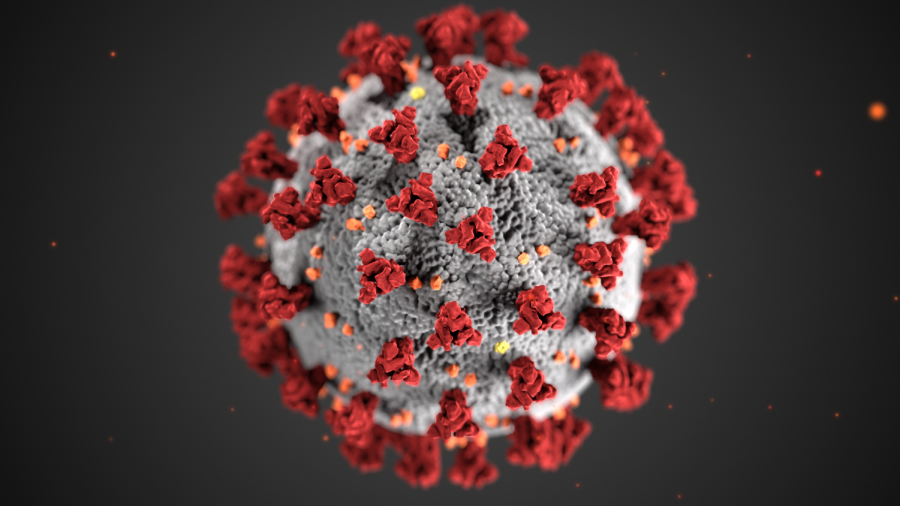Personal Hygiene: Why soap and water trump hand sanitizer
Worsening COVID-19 rates in Montgomery County has been an obstacle for athletes looking to get back to school
April 8, 2020
COVID-19 has taken the entire world by storm. Besides standing in lines out the door for hours to buy essentials, people have begun to take more precautions in their daily lives. According to Elizabeth Buchwald of MarketWatch, hand sanitizer sales have reached unprecedented heights, with sales in the last week of February 2020 313 percent higher than those from the same week in 2019. However, hand sanitizer cannot stand up to the power of soap and water.
Washing hands with this traditional method is more highly recommended than using hand sanitizer. The CDC says that hand sanitizers that are at least 60 percent alcohol can be used to prevent illness, but while they kill microbes quickly, soap and water is a more effective way to eliminate various types of germs.
Hand sanitizers work by disrupting a virus’s outer coat or disrupting the cell membrane of a bacterium, according to Professor James Scott in a University of Toronto article. However, Scott admits that viruses that lack outer coats and spore-forming bacteria are not susceptible to these alcohol-based hand sanitizers. On the other hand, soap and water are more effective at removing these kinds of germs, including norovirus, Clostridium difficile and Cryptosporidium, the CDC states.
Due to a unique molecular structure, soap and water can better remove heavy grease, dirt, chemicals, and, most importantly, viruses and other germs. Soap is made of molecules that have hydrophilic heads and hydrophobic tails, allowing the soap molecules to burrow into the lipid membrane of microbes like the coronavirus. This destroys the membrane and then traps the fragments in micelles, tiny bubbles which wash away with water. Soap and water is guaranteed to be effective if used properly for twenty seconds. Meanwhile, people typically may not use enough hand sanitizer or may wipe it off prematurely, as reported by the CDC.
While thoroughly washing hands with soap and water, or using a high alcohol content hand sanitizer, are important in preventing sickness, they are not the only endorsed ways to stay safe during this time. The CDC lists many additional precautionary measures that are essential to impeding the spread of coronavirus and ensuring personal health, such as avoiding touching the nose, mouth, and eyes with unwashed hands.
Avoiding exposure to a person with coronavirus is the foremost way to reduce the chances of contracting it. In tandem with the CDC’s advice, most U.S. citizens should remain at home and avoid unnecessary contact with other people outside of their immediate families. This social distancing is necessary for all age groups to flatten the curve, but young people especially should follow this advice closely. Helen Branswell of StatNews states that there is reason to believe children, much like they do during flu season, act as vectors and pass on the coronavirus to the adults and seniors in their lives.
Since viruses and other microbes can live on surfaces around the home and in public places, another crucial measure encouraged by the CDC is disinfecting surfaces. Surfaces that are touched the most frequently should be cleaned and disinfected daily. By cleaning with EPA-registered household disinfectants, potential illness-causing germs can be killed, and the chances of getting sick is reduced.
The unique precedent of this global pandemic in a modern, interconnected society can be daunting. It is important to understand the risks, symptoms and preventative behaviors associated with the coronavirus in order to sustain a hygienic lifestyle. By washing hands with soap and water, cleaning surfaces and keeping social distance, communities worldwide can lessen their chances of spreading and contracting coronavirus.


